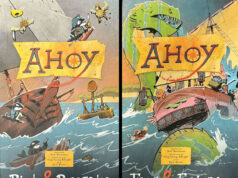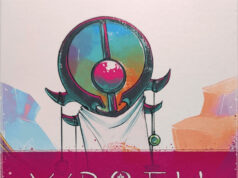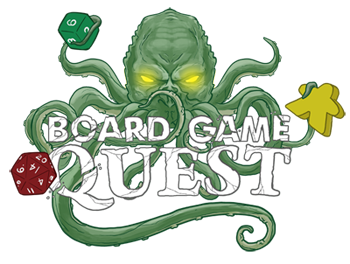 Beautiful blooms, floriferous freesias, buzzing bees. There’s no genre that I hold more dearly in the board gaming world than garden games. My game room shelves burst with bright petal colors and deep leafy greens. Outside of the game room walls, my own garden is a patch of barren and neglected grass with a perpetually half-empty bird feeder plopped in the middle, but a girl can aspire. Beauty in nature is a constant inspiration for art, and board games are a perfect showcase for an artist’s talent at capturing this.
Beautiful blooms, floriferous freesias, buzzing bees. There’s no genre that I hold more dearly in the board gaming world than garden games. My game room shelves burst with bright petal colors and deep leafy greens. Outside of the game room walls, my own garden is a patch of barren and neglected grass with a perpetually half-empty bird feeder plopped in the middle, but a girl can aspire. Beauty in nature is a constant inspiration for art, and board games are a perfect showcase for an artist’s talent at capturing this.
Flower Fields, designed by Luca Bellini and Luca Borsa, is a 1-4 player tile-laying addition to the garden game genre. It’s bright, bold, and floral, perfectly complementing the other garden games on your shelves. The question is, with so many other options available, whether this game has anything new or spectacular to provide in a well seeded field.
Gameplay Overview:
Played over three seasons, the goal of Flower Fields is to create the most beautiful garden layout, full of large sections of flowers in each color. Players earn points by matching flower tile colors on their own tableau to create large polyomino groupings, with bonus points for each of the bees visiting those flowers.
Each player gets their own board, and all player boards should be oriented in the same direction. A central board contains four coveted small tiles, around which large tiles are drawn from a bag and arranged in a circle, the amount depending on the number of players. A sun token marks the beginning of the circle, and each round ends when the circle of tiles is depleted.

Beehive icons shown on your player board and the tiles you select generate more bees for you at the end of each round, but spiderweb icons subtract from your total. Managing an effective bee economy is essential to gameplay. Bees can be spent to move the sun token forward around the tile circle to select a more desirable token, to purchase small tiles from the central market, and, most importantly, they can be placed on your board for an end-game point modifier. Each bee in a color section multiplies the point total for that section when the board is scored.
Bees can only be placed on tiles that show their silhouettes, and the more bees you have already in a section the more it costs to add to their number. If you don’t plan thoughtfully for your bee engine in the first round, you’ll struggle to catch up throughout the rest of the game.
Tiles depict single sections, double sections, and half sections. At the end of the final round, each section in your largest cluster of each color is summed and multiplied by the number of bees in that cluster. The person who has most effectively managed their bee economy becomes gardener supreme.
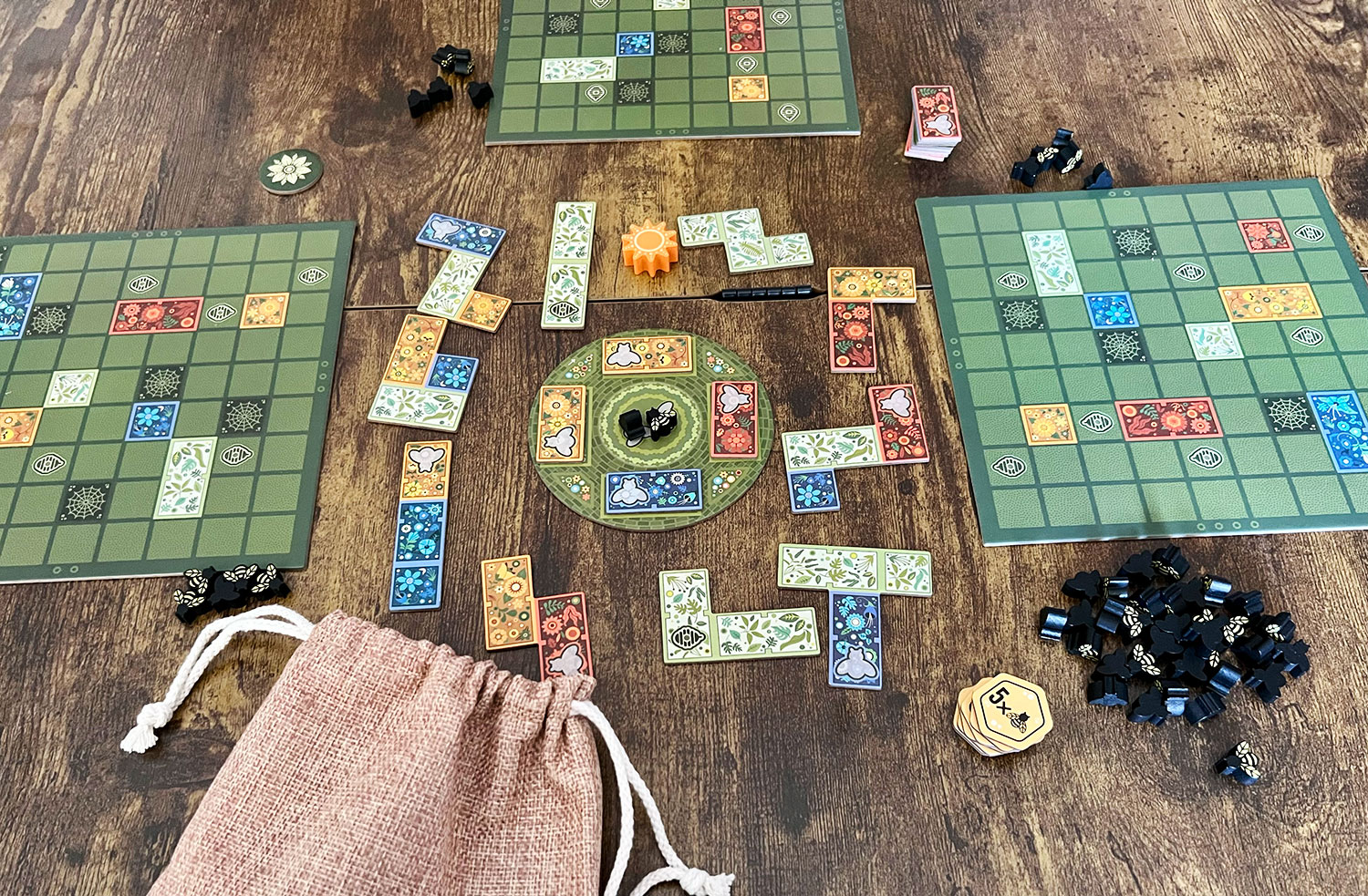
Game Experience:
The gameplay is fairly simple to understand if you’ve played any other tile-laying game. Match up sections, count up points. There is some room for strategy through the placement of beehives. Your board starts with a set number showing, and if you cover those up as you lay tiles, you’ll struggle to have the resources you need later in the game. Instead, you have to thoughtfully select which tiles you want to draft based on which ones have bee or beehive icons, and which colors you’re hoping to increase in score.

The way the sections are broken up on the tiles is a bit unique, but we found the half squares to be more of a pain than an appreciable challenge to our strategies. In most games, it was clear within the first round who the front runner was, and if you haven’t set your bee economy up properly in the first few turns you will likely struggle for the rest of the game.
What makes this game bloom in a crowded field of flower titles is the more mature color palette. I was reminded of William Morris tiles for the art aesthetic, and my partner’s interpretation leaned more towards 1970’s kitchen appliances. Either way, the rich jewel tones used are pleasing to the eye, and it sets the game apart from others in the same thematic category.
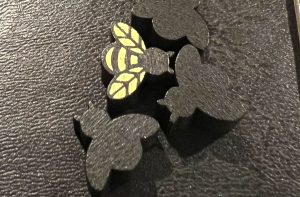
More wilting are the bee tokens, which are only screen printed on one side. We usually play on a black table, and the blank black bees continuously blended in with the tabletop. For essentially the most important component in the game, this cost cutting measure had a negative impact on our experience.
Final Thoughts:
If you can’t get enough of polyomino games, Flower Fields is a tidy addition to the mechanical genre. It doesn’t have any particularly tricky or innovative gameplay twists, and it’s solidly playable. If you like thematic garden games, it’s one of the prettiest released in 2024. But if you’re looking for something new and exciting in either of those areas, you won’t find it here.
Final Score: 3 Stars – Pretty and playable, but nothing you haven’t seen before
 Hits:
Hits:
• Refined color palette and floral art
• Strategic without being mentally taxing
• Quick to learn and teach
Misses:
• Screen printing on only one side of bee tokens is a pain
• Half tiles are more of pain than a boon to gameplay
• Both thematically and mechanically generic, without much to set it apart









